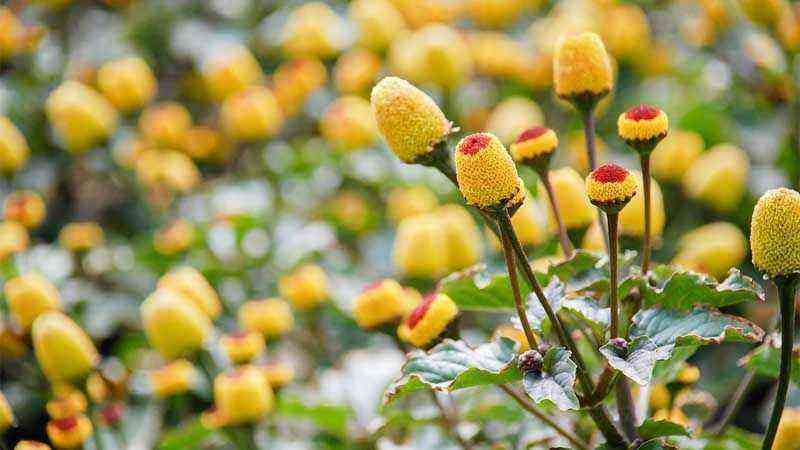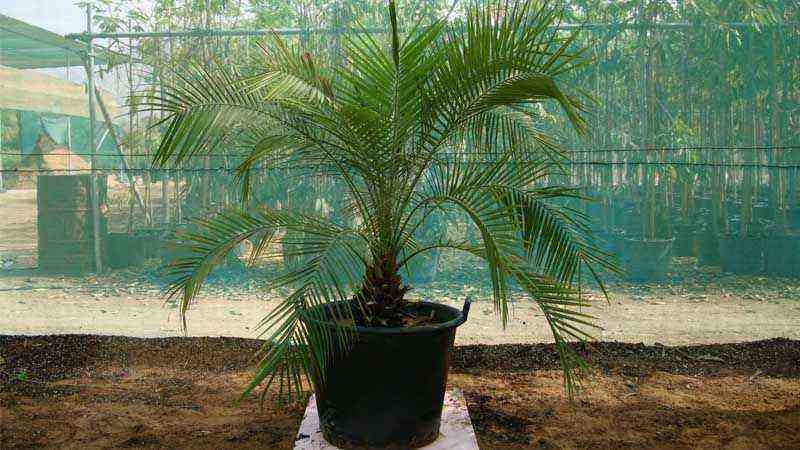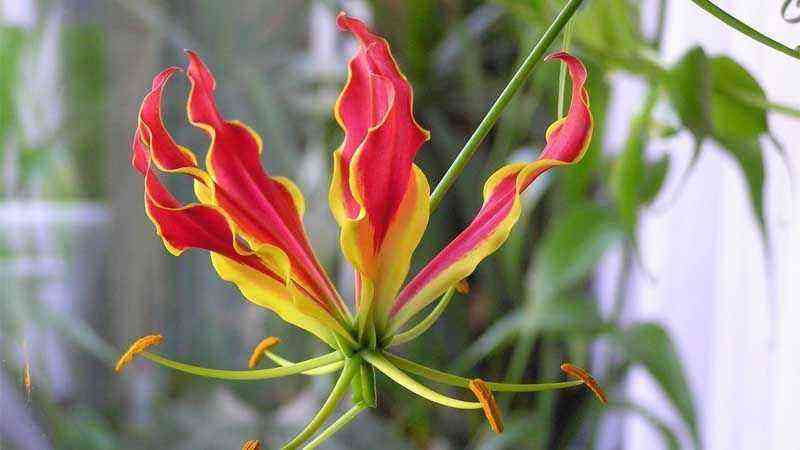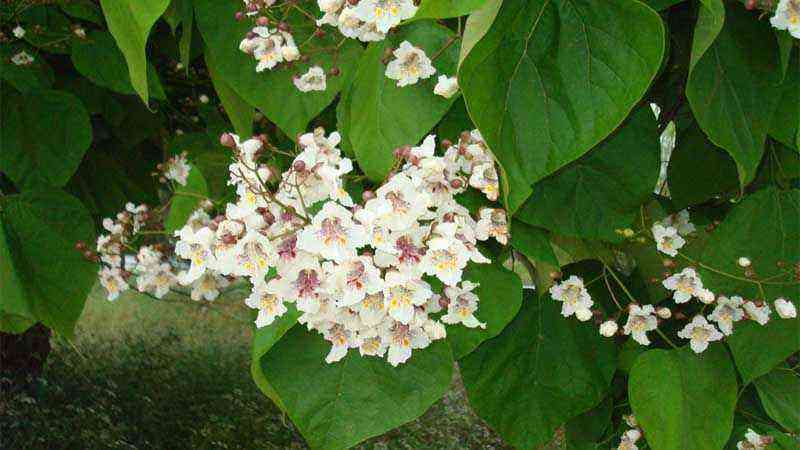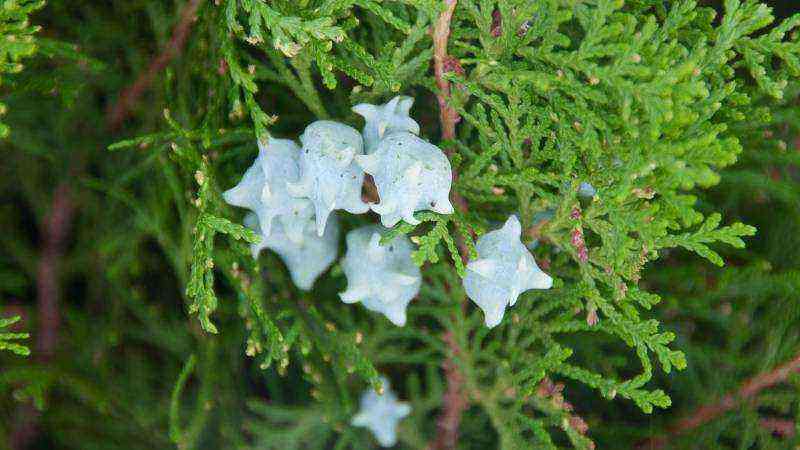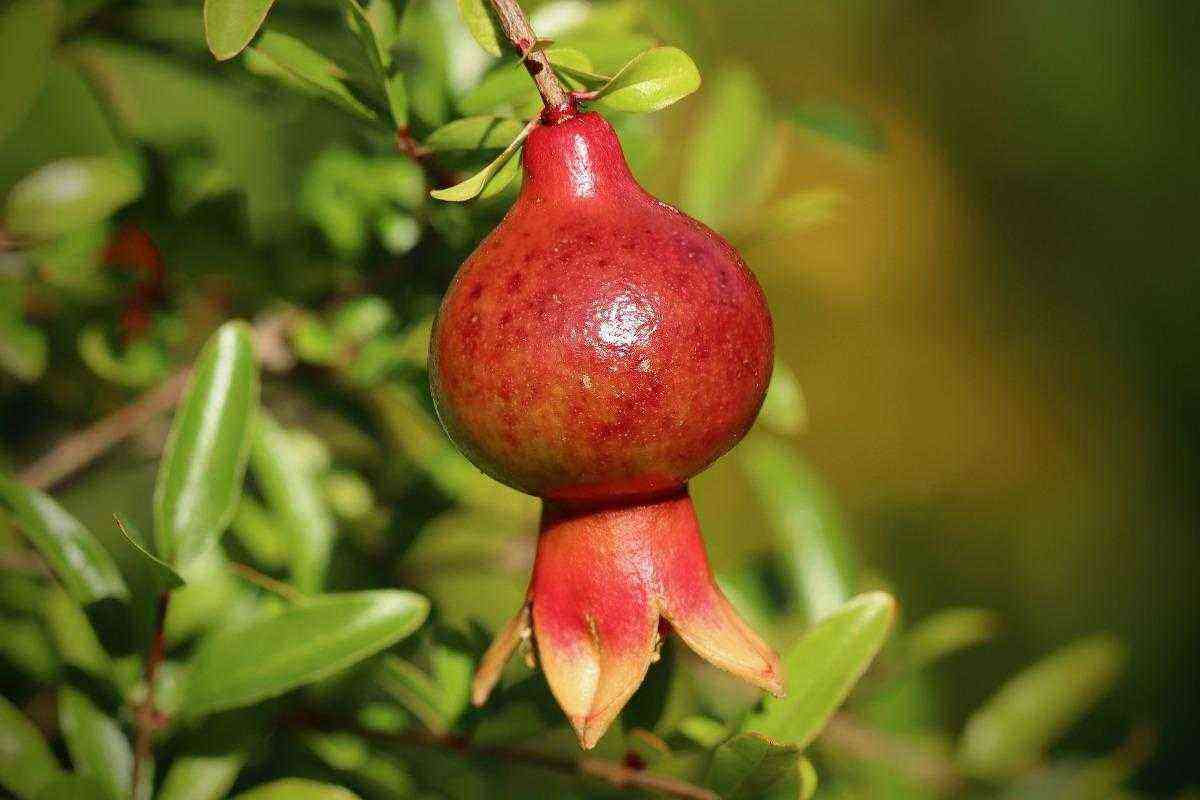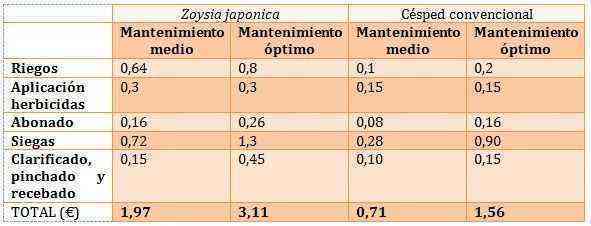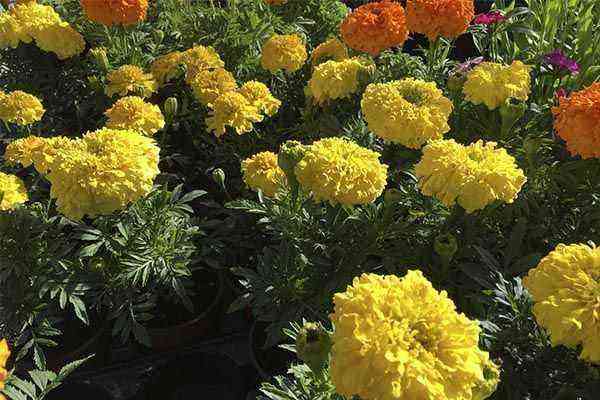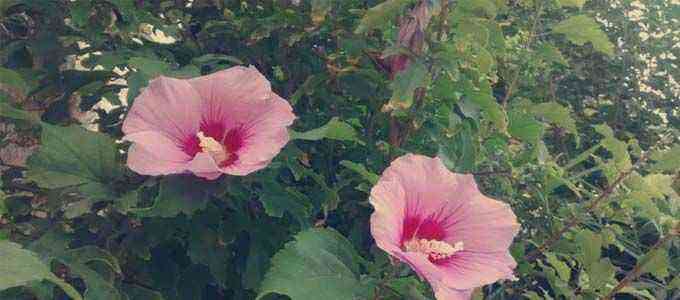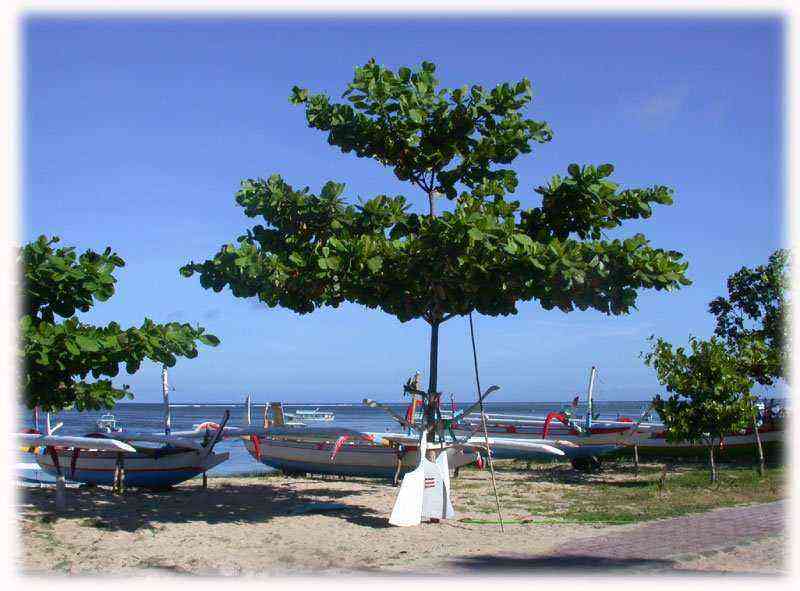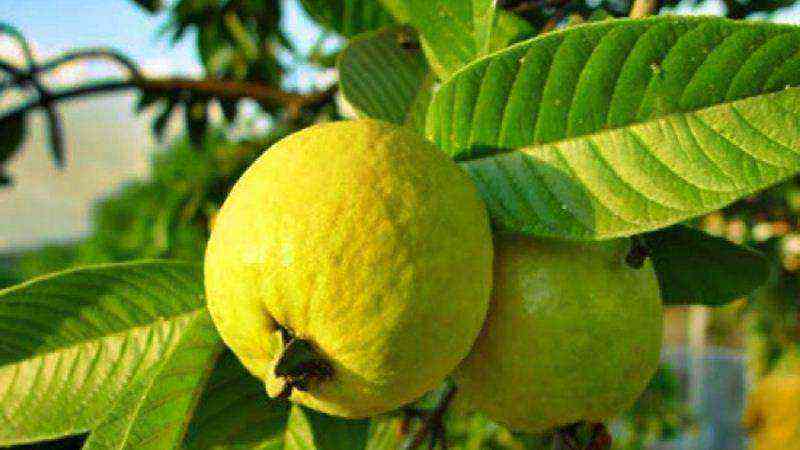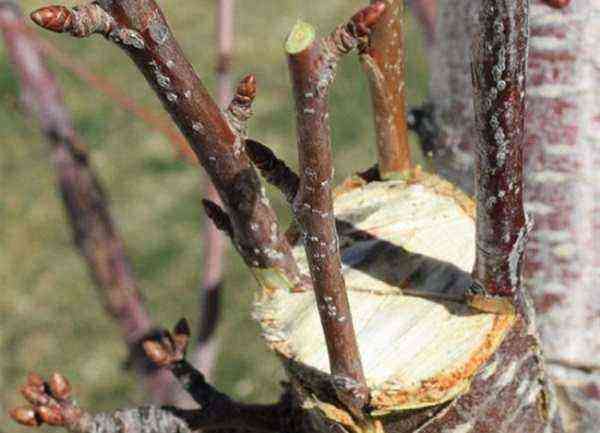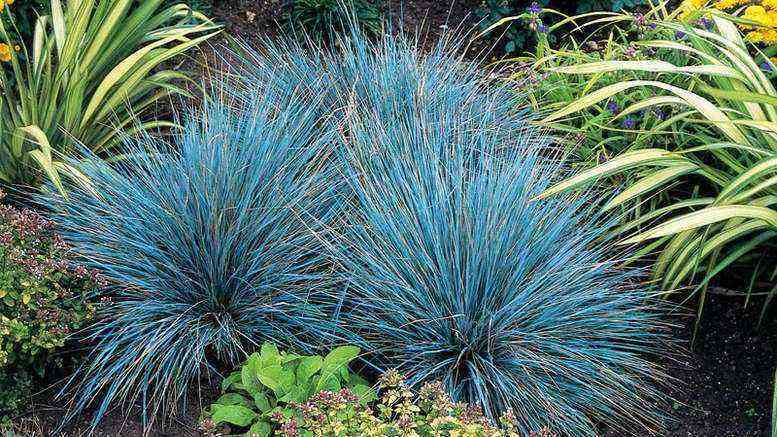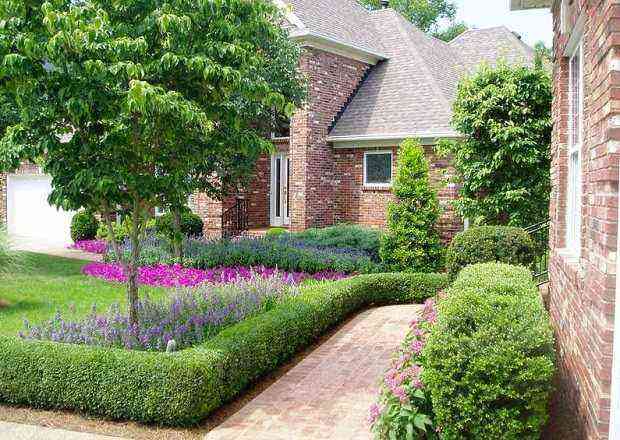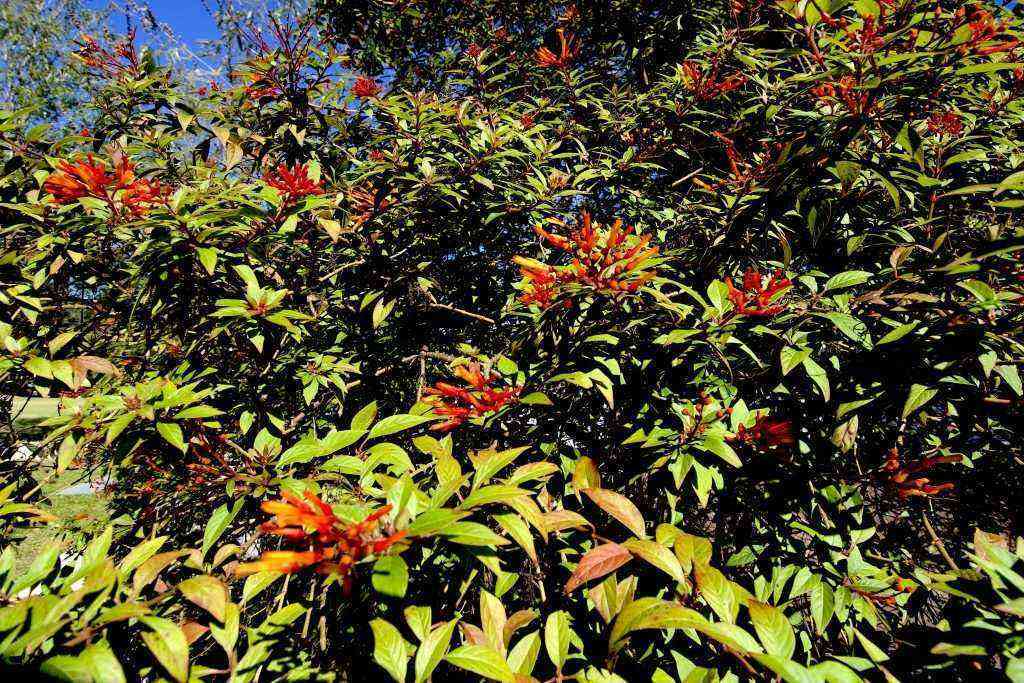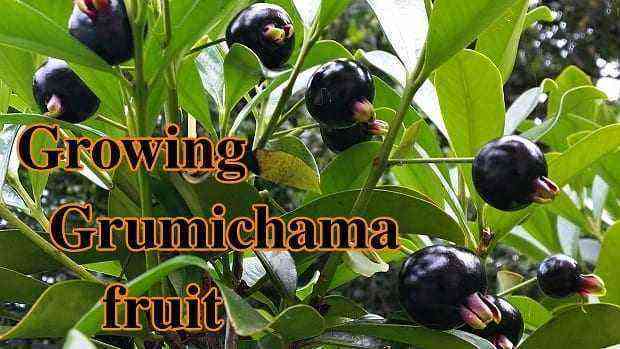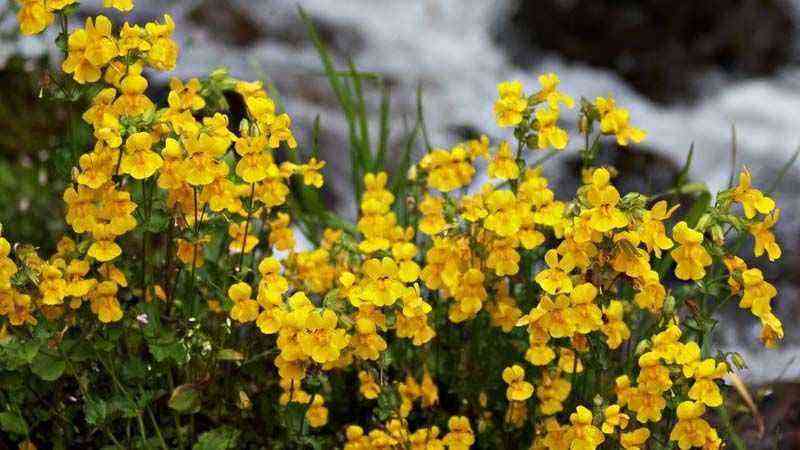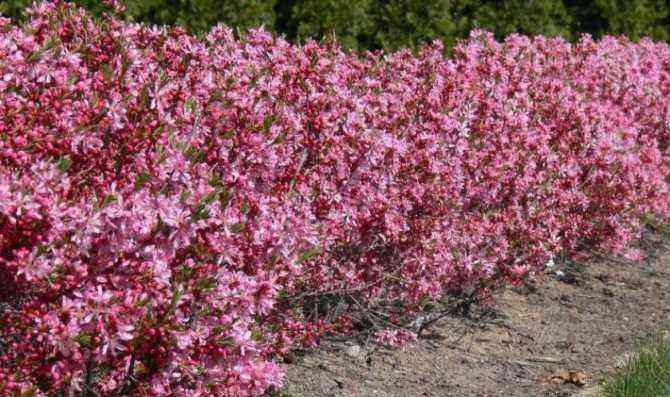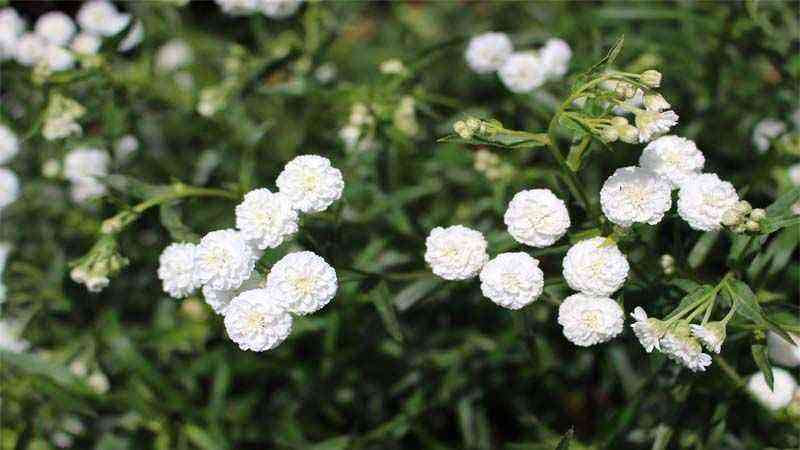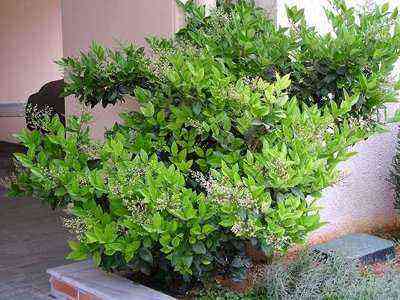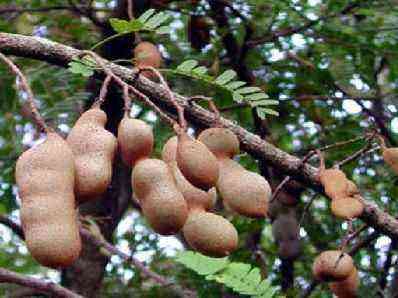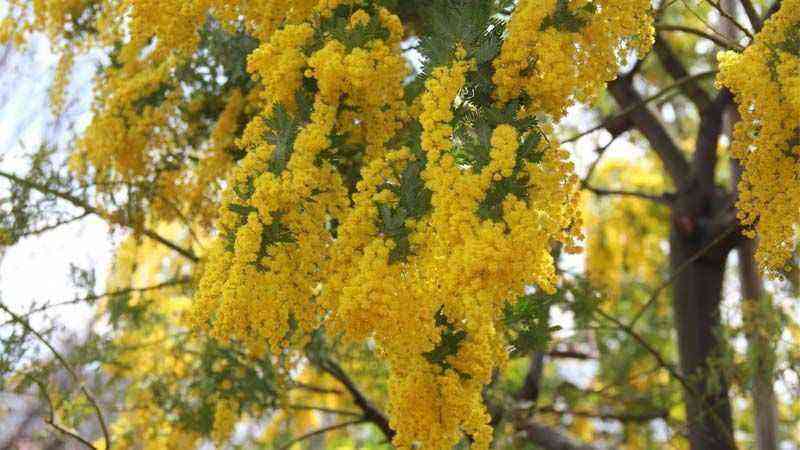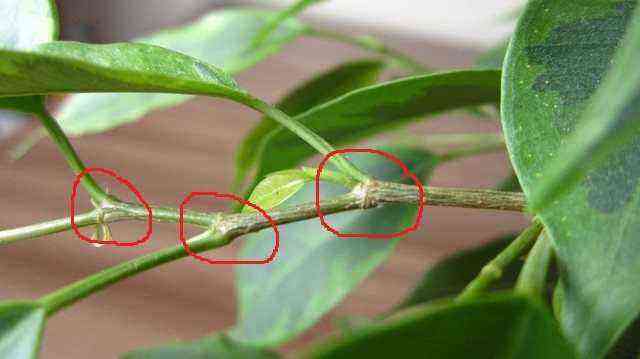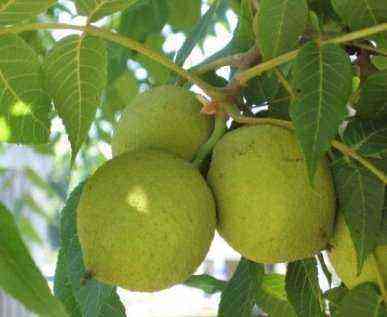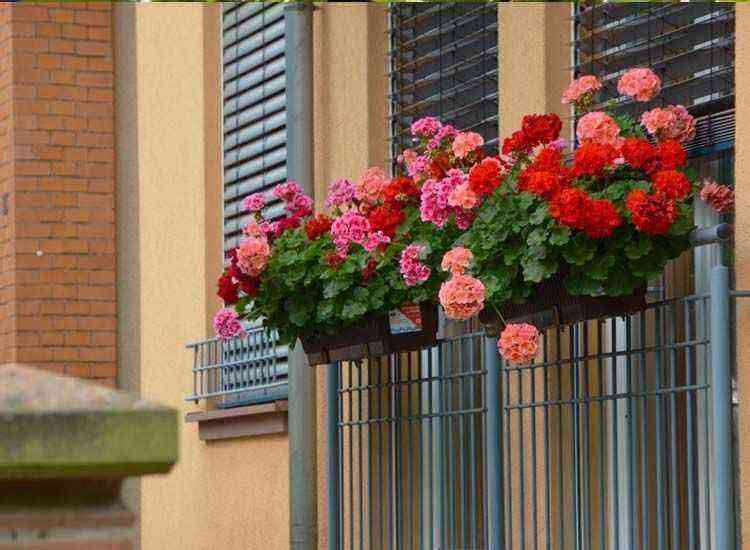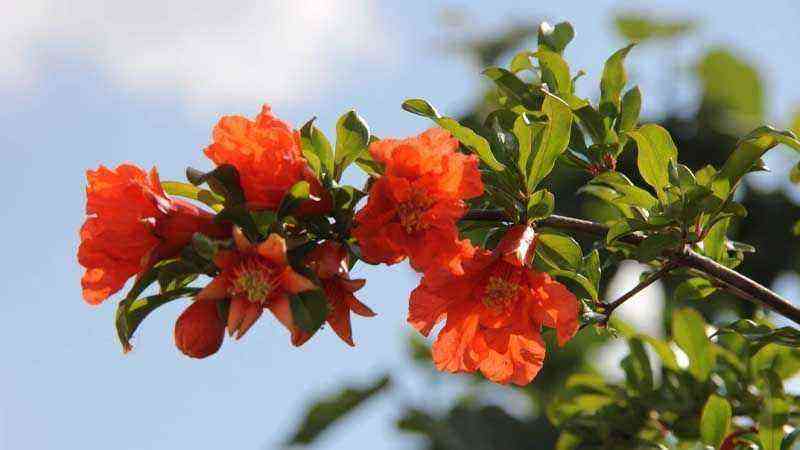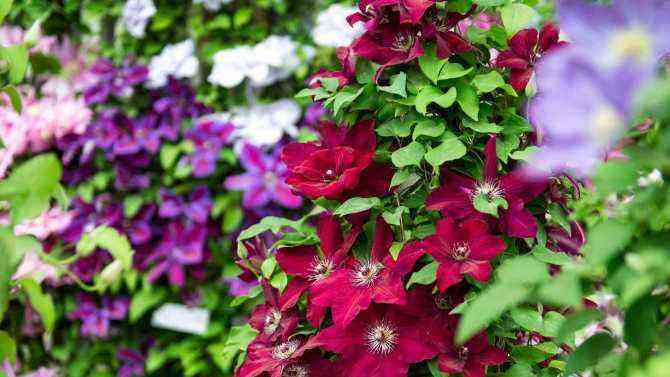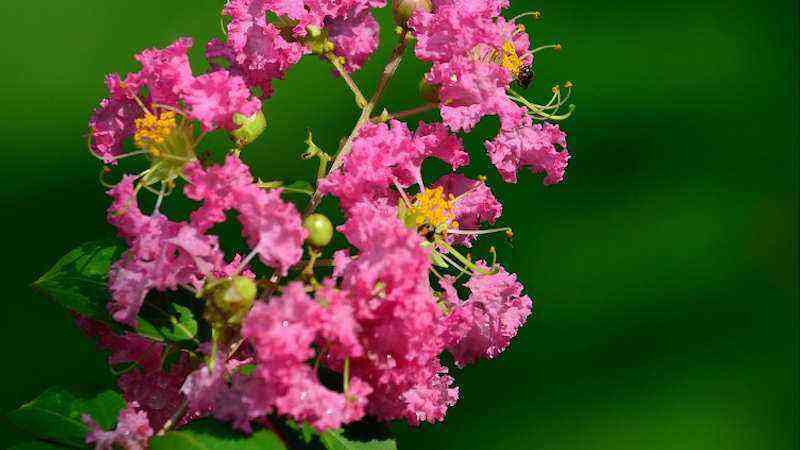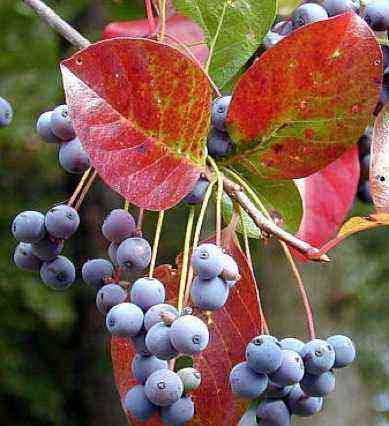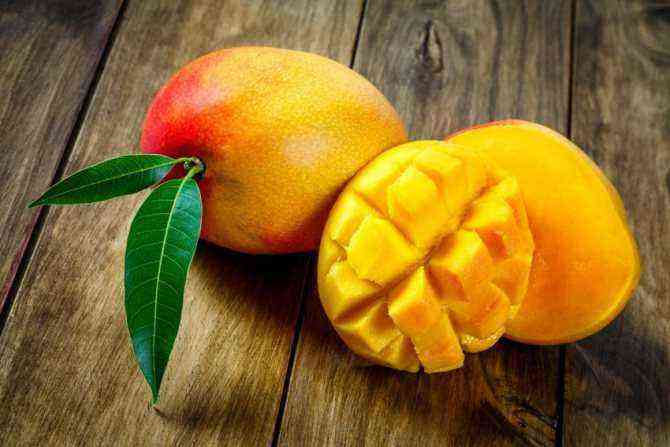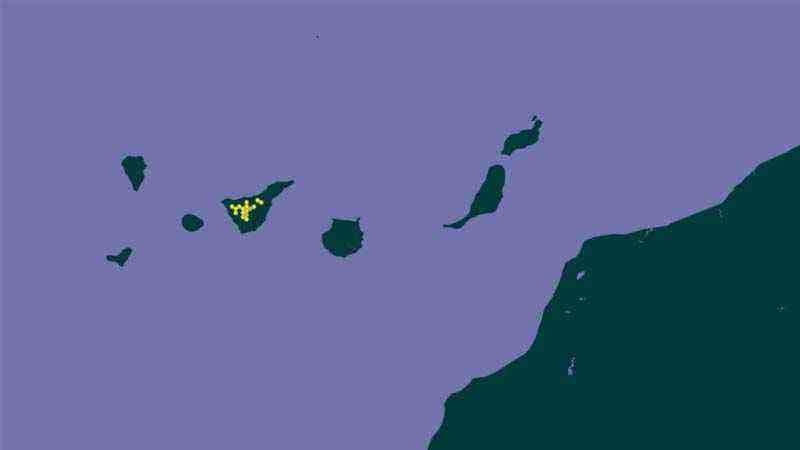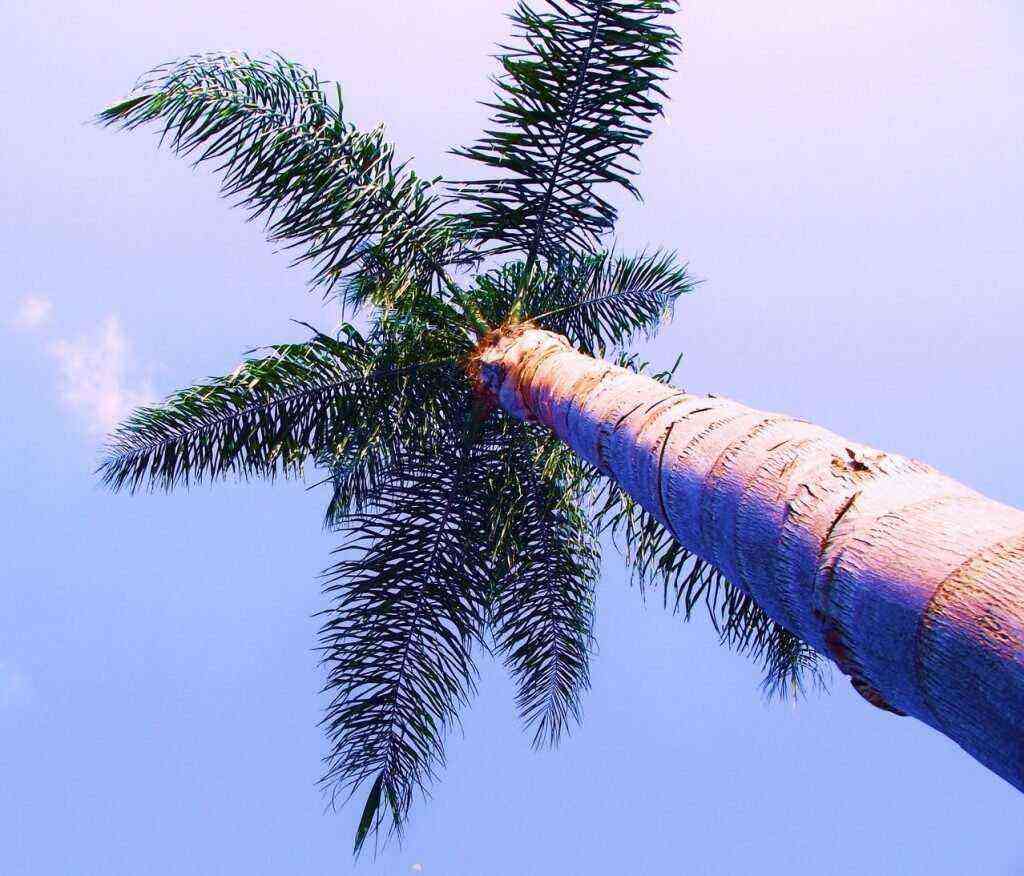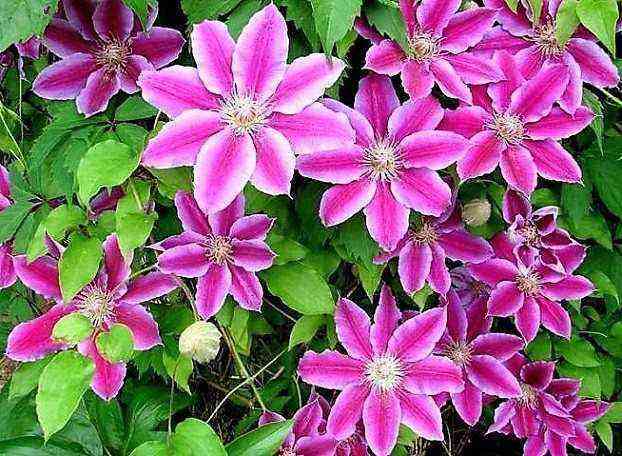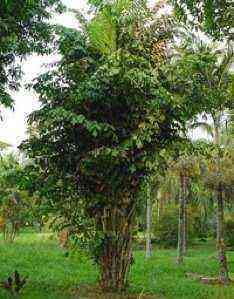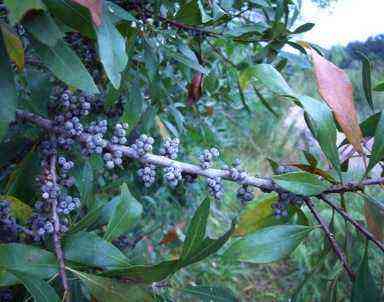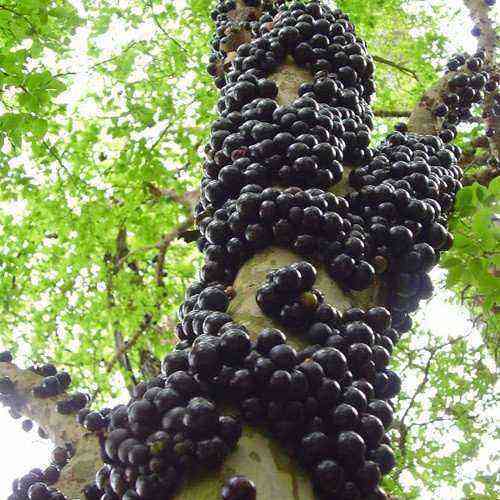Home »Flowers and plants» Houseplants »Ferns
Vladimir Serchenko 20.03.2020/XNUMX/XNUMX
1 comment
Provides general information on ferns. The features of their maintenance and breeding at home are described. The descriptions of the most popular types and varieties of indoor ferns are given.
Overview
These plants have existed on earth for almost half a billion years, and are three times older than the flowering plants, which are currently the dominant type of flora. Nevertheless, having stood the test of evolution and time, ferns are now quite successful and occupy their niches in the ecological chains of the planet. Florists also did not ignore them, although formally ferns, of course, do not have flowers, but reproduce in completely different ways.


An overgrown specimen of the nephrolepis fern
These plants exist on all continents of our planet. The number of their genera alone exceeds several hundred, and the number of species is about ten thousand. For the most part, these are undersized plants that love partial shade and high humidity. Although, sometimes there are also giant tree ferns.
All ferns contain small amounts of protective toxins in their shoots. For humans, this poison is not dangerous, because, firstly, it is not released into the air, and secondly, its concentration is too low. However, crushed shoots of many species (for example, bracken or scabbard) are used as anthelmintics.
One of the features of ferns is the interesting shape of their “leaves”, called “fronds” by biologists. They are a leaf-like organ that actually grows like a shoot. As it grows, lateral processes are immediately formed on it, mistakenly called leaves. The length of the frond and the number of processes on it can be very diverse. Young fronds are tiny shoots twisted into a spiral.
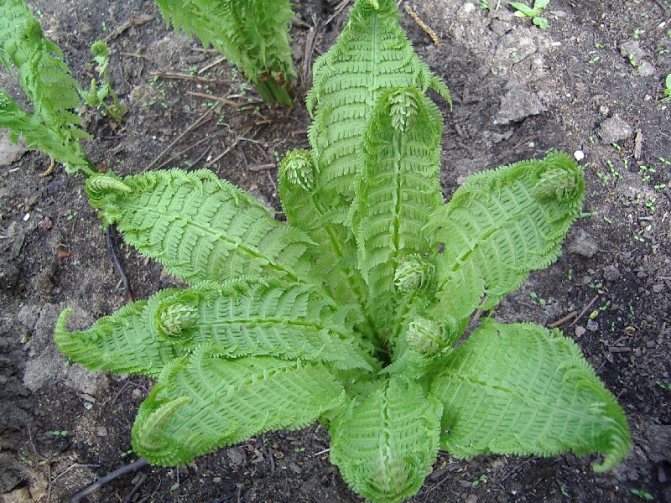

Growing frond of ostrich fern
Fern root arrangement also has a number of features. The root system consists of one large root, from which many small ones branch off. Some of them are covered with peculiar scales. They represent those fronds that did not sprout out, but remained underground.

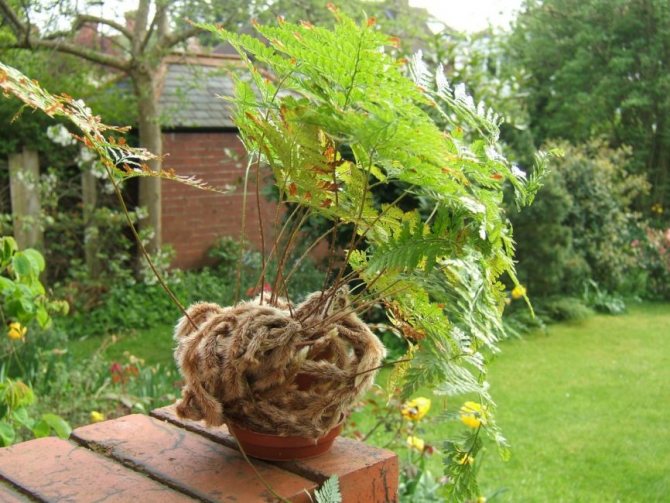
Davallia fern roots
In the lower part of the frond surface, sporangia are located – fern reproductive organs containing many spores.
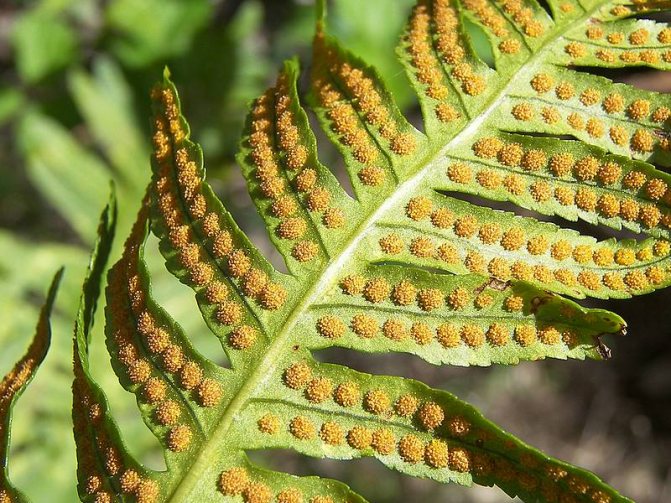
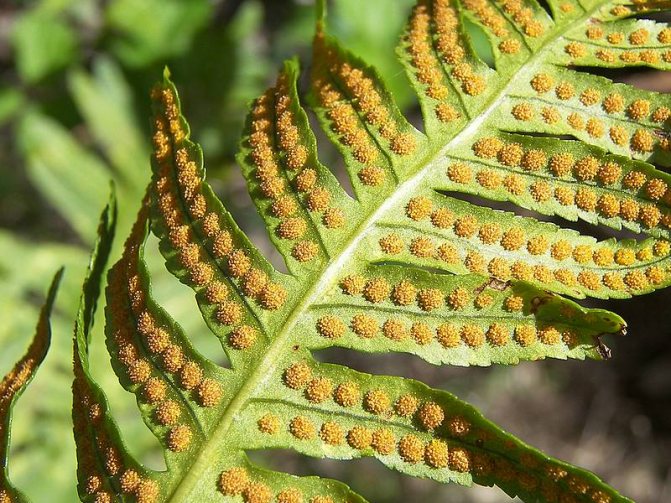
Nephrolepis fern sporangia
The so-called gametophyte is formed from the spores – a multicellular structure in which germ cells are formed and fertilization occurs. After that, the growth of the sporophyte begins – a plant that will produce spores. In fact, all growing ferns are sporophytes.; it is very difficult to notice gametophytes emerging from spores.
The time during which the gametophyte will be formed is quite long; moreover, it differs significantly in the same species. Therefore, propagating ferns with spores at home is quite problematic.


Gametophyte or nephrolepis fern germ; size 3-4 mm.
Vegetative propagation is preferred. As with many flowering plants, ferns reproduce by dividing the bush, cuttings, shoots, and so on. But, as practice shows, it is the first that is the most successful and reliable.
Floristics distinguishes three varieties of these plants:
- Home or indoor
- Garden
- Water
Domestic ferns are grown indoors, since they need quite specific conditions for keeping. This primarily refers to the requirements for temperature and humidity. Most of them represent plants originating from tropical or subtropical climates.
As a rule, they are shade-loving and prefer moist air.… These plants need constant irrigation of their foliage, which gives them the illusion of tropical rain. They are unpretentious in care, but sometimes they are susceptible to attacks by pests (mainly insects) and like frequent feeding.
Ferns are best fed with specialized fertilizers designed specifically for them. If this is not possible, you must use any fertilizer for flowers; however, the normal concentration for ferns will be about half what is needed, for example, for orchids or violets.


Fern “Boston Fern”, a typical representative of indoor plants
Garden ferns contain about 200 species, a quarter of which are frost-hardy and can be grown in our latitudes in the open field. They are more hardy and resistant to diseases and pests, in addition, such plants practically do not need feeding. Their sizes can be quite large: bushes can reach up to 1.5 m in height and up to 1 m in diameter. They have a developed root system, and their growth rate is such that caring for them is to restrain their growth.


Garden fern maidenhair
Aquatic ferns, as their name suggests, prefer to grow in water; these can be both shallow stagnant bodies of water, and streams or small rivers. Such ferns have a poorly developed root system, and their fronds most often have a feathery structure. They have a fairly large stem, most often creeping along the surface of the water, from which numerous fronds grow.


Azolla Aquatic Fern
In indoor floriculture, mainly domestic varieties are used. Growing garden or water ferns indoors is quite problematic: the former require truly giant pots to place the root system, the latter require the use of sufficiently voluminous containers of water to create conditions similar to their natural habitat.
What are the ferns and their names
Asplenium, ASPLENIUM. Asplen family.
An interesting group of decorative ferns for flower growers is represented by rocky species, including asplenium (kostenets). Speaking about what kind of ferns there are, the name of this species is mentioned one of the first, since the Kostenets became widespread in central Russia. Aspleniums are irreplaceable on shady rockeries. Their small graceful bushes of feathery openwork leaves extending from a short vertical rhizome are stably decorative.
Types and varieties:
Wall asplenium can be found on the walls of old stone monasteries in central Russia. The leaves are graceful, rounded, leathery, wintering, form a turf 5-10 cm high, growing right in the cracks of the stone.
Asplenium north (A. septentrionale) is a small (5-10 cm) fern of rocks of Northern Europe and Asia, with simple, elongated narrow leaves.
Asplenium hairy (A. trichomanes) – the most shade-loving, moisture-loving and thermophilic of the aspleniums. It has graceful evergreen feathery rounded leaves 10-20 cm long.
Growing conditions. In the shade and partial shade, under the canopy of trees, among stones, on a soil rich in lime, well drained. Cover with leaves for the winter.
Breeding. Asplenium soddens grow rapidly and tolerate division well in early spring. Stocking density – single.
Used in shaded rockeries. A. hairy looks interesting in containers installed in the shade. For the winter, plants should be covered with a leaf.
WOODSIA. Asplenia family.
Graceful undersized (3-20 cm) rocky forest ferns with narrow fluffy dense leaves extending from a short horizontal rhizome. Bushes grow very slowly, live a long time (up to 30 years).
Types and varieties:
In central Russia, it is successfully cultivated Woodsia Elbe (W. ilvensis) is a spectacular low bush with pale green leaves. This fern got its name because of its habitat – plants can often be found on the banks of the Elbe. Another interesting view is woodsia multi-row (W. polystichoides).
Look at the photo: this fern has dense feathery narrow leaves.
Growing conditions. Shady areas with rocky, neutral or alkaline soils, does not tolerate overdrying.
Breeding. By dividing the bush in early spring and late summer.
Woodsia multi-row – rock fern of the Far East. It grows very slowly. But, being planted in suitable conditions (partial shade, placers of crushed limestone, good moisture), it easily takes root and grows normally.
Woodsia Elbe over mountains and rocks it goes far to the north – to the Arctic. It grows well among calcareous stones and in central Russia.
Kochedzhnik (ATHYRIUM). The family of aspleyovs.
The genus contains about 200 species. These are mainly large forest ferns with a thick short rhizome and two to three times feathery thin leaves. The bush is dense, high (up to 100 cm). The leaves of this fern species are delicate, delicate, new ones grow throughout the season, so the bushes always look young and fresh.
Types and varieties:
More often than others are grown The woman’s kitten (A. filixfemina), a common plant in the forests of central Russia.
Kochedyzhnik chinese-reddish (A. sinense = A. rubripes) is a fern from the forests of the Far East.
Pay attention to the photo of this fern above: its name fully matches the color of the petioles.
Growing conditions. Kochedzhniki are plants in shady, moderately humid areas with common garden soils. Plants grow in one place for a long time without transplanting and dividing (up to 15 years), do not need fertilization. They form abundant self-seeding.
Breeding. Propagated by dividing the bush in early spring and late summer. The best planting material is seedlings. But for an ordinary gardener, the reproduction of ferns by spores is a troublesome and lengthy process. Planting density -5 pcs. per 1 m2.
They are planted in groups among low ground cover, as part of wooded “natural gardens”.
The woman’s kitten differs in delicate delicate thinly dissected light green leaves, collected in a bunch. New leaves grow throughout the season, giving the fern a fresh look even in dry summers. In early autumn, with the onset of frost, the leaves turn yellow and die off.
Multi-rower (POLYSTICHUM). The family of aspleyovs.
This variety is most commonly found in the shady forests of Europe, the Caucasus, East Asia and North America. In forests, they occur sporadically, nowhere forming large spots. The leaves are beautiful, dark green, dense, extending from a short thick rhizome. The name of this fern species is explained by the fact that the leaves of the plant are arranged in many rows.
Species and varieties. Of the numerous species and varieties of the mnogoryadnik, the conditions of central Russia are more consistent with:
Brown’s multi-rower (P. braunii) – with shiny leathery wintering leaves.
Multilayer three-part (P. tripteron) – plant of the forests of the Far East, leaves are not wintering.
Multi-row bristle (P. setiferum) is a tall (up to 100 cm) fern with dark green wintering feathery leaves with a serrated edge.
As you can see in the photo and the description of this type of fern, each clove of the plant ends with a bristle.
Growing conditions. Shady areas under the canopy of trees, forest soil, drained, loose, neutral, moderate moisture.
Breeding. By dividing the bush in early spring or late summer.
Real perennials can grow up to 30 years without transplanting. Stocking density – single.
Eagle (PTERIDIUM). Family of Cyateins.
Orlyak ordinary (P. aquilinum) – grows on all continents of the Earth, forming thickets in the tundra and dry forests of Europe, among the bushes of Australia and on the wastelands of South America, it is absent only in the steppes and deserts.
Pay attention to the photo of this fern species: a large leaf with a rigid trifoliate plate high (up to 150 cm) raised above the ground on dense petioles. The deeply located (up to 50 cm) branching rhizome ensures rapid growth and formation of overgrowth. Decorative from May (beginning of leaf growth) until the first frost, when the leaves acquire a bronze tint.
Able to quickly capture territory. Difficult to eradicate.
Growing conditions. Any loose, especially sandy, soil, in partial shade and in open places.
Breeding. Sections of rhizomes with buds regenerate in early spring and late summer. Planting density – 16 pcs. per 1 m2.
Forms high, beautiful spots on the edges, along the fences. Its growth should be artificially limited by digging boards, etc., into the soil. In the bracken thickets, you can plant spring-flowering plants: corydalis, anemone, snowdrops, woods.
Remember: bracken is an aggressive plant capable of rapid growth. Therefore, its planting should be fenced off with mechanical obstacles, for example, roofing material or slate, dug into the ground to a depth of 20-30 cm.
The name of the common bracken is associated with the shape of its leaf: pteris in Greek means “wing”, and aquila in Latin means “eagle”.
General description of forest fern
Fern is the general name for spore plants. They are all similar in appearance. Forests are thickened with plantations, thickets of various types. Herbaceous culture is located in the upper and lower tiers of the forest, regardless of the species.
Description of forest fern:
- The height varies, its range is 30-150 cm. The width is 25-30 cm.
- The trunk is small, smooth or scaly.
- Leaves are complex, have a feather-like, serrated shape.
- The color is light or dark green, depending on the place of growth. The leaf consists of a cutting and a plate with characteristic branching.
- Foliage actively participates in the process of photosynthesis, is a carrier of spores, due to which forest ferns reproduce.
- Sori are located under the leaf plate.
- The root system is branched, powerful, well developed.
- The color is dark brown, flat, oblong with a curved edge.
Important! In nature, forest ferns do not bloom, and reproduction occurs with the help of spores, but not only. Some species can create their own kind by dividing the main shoots.

